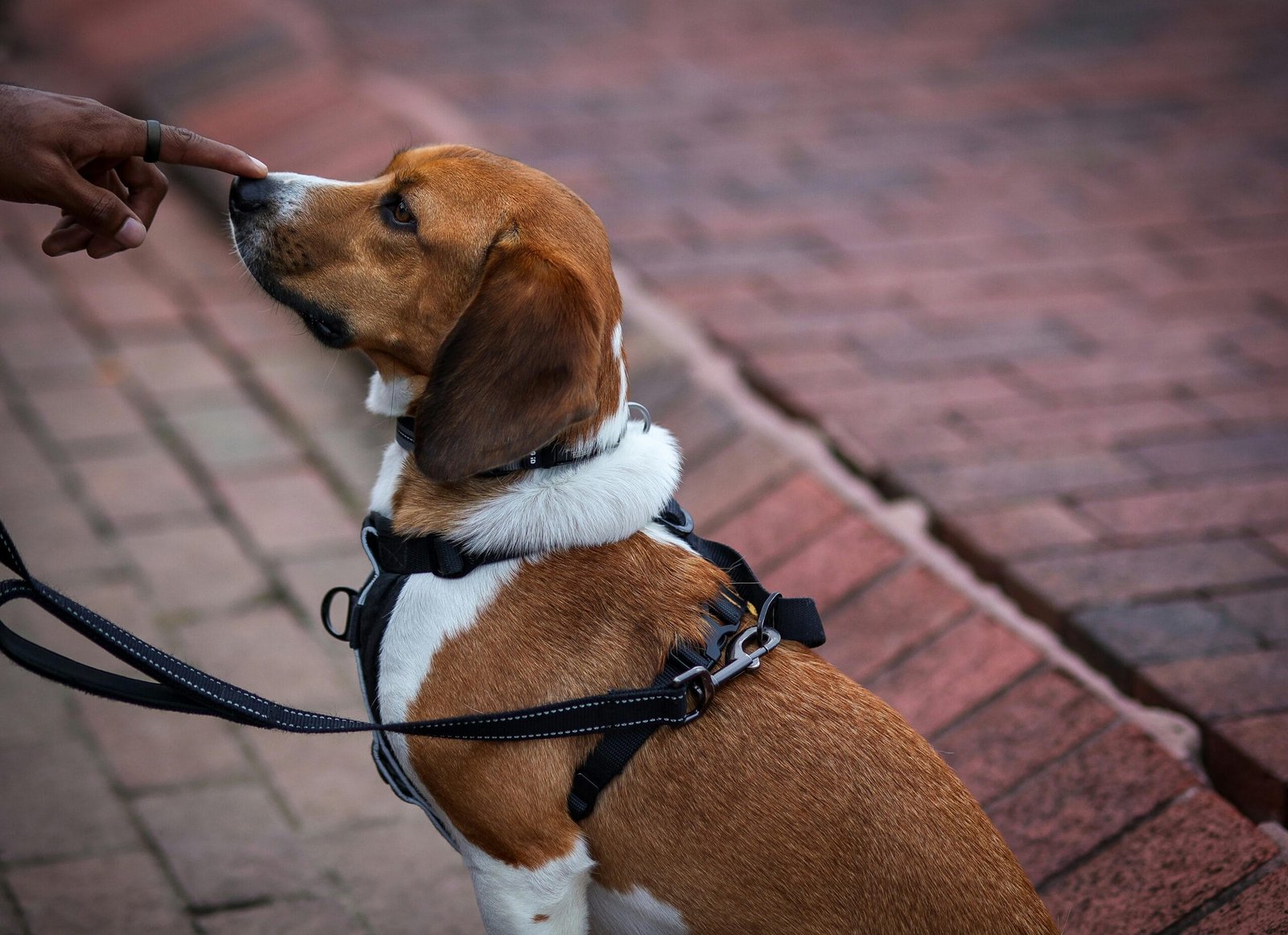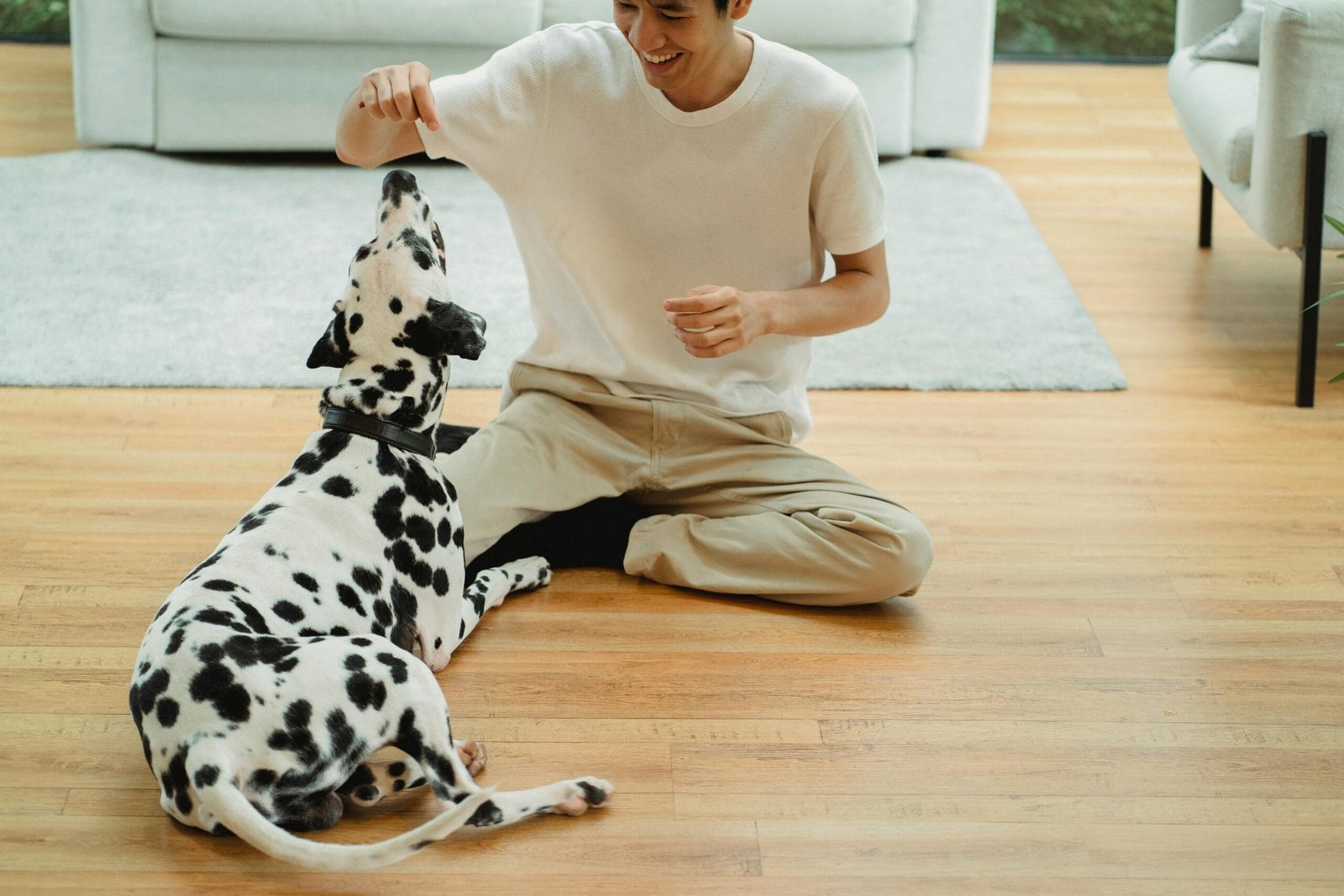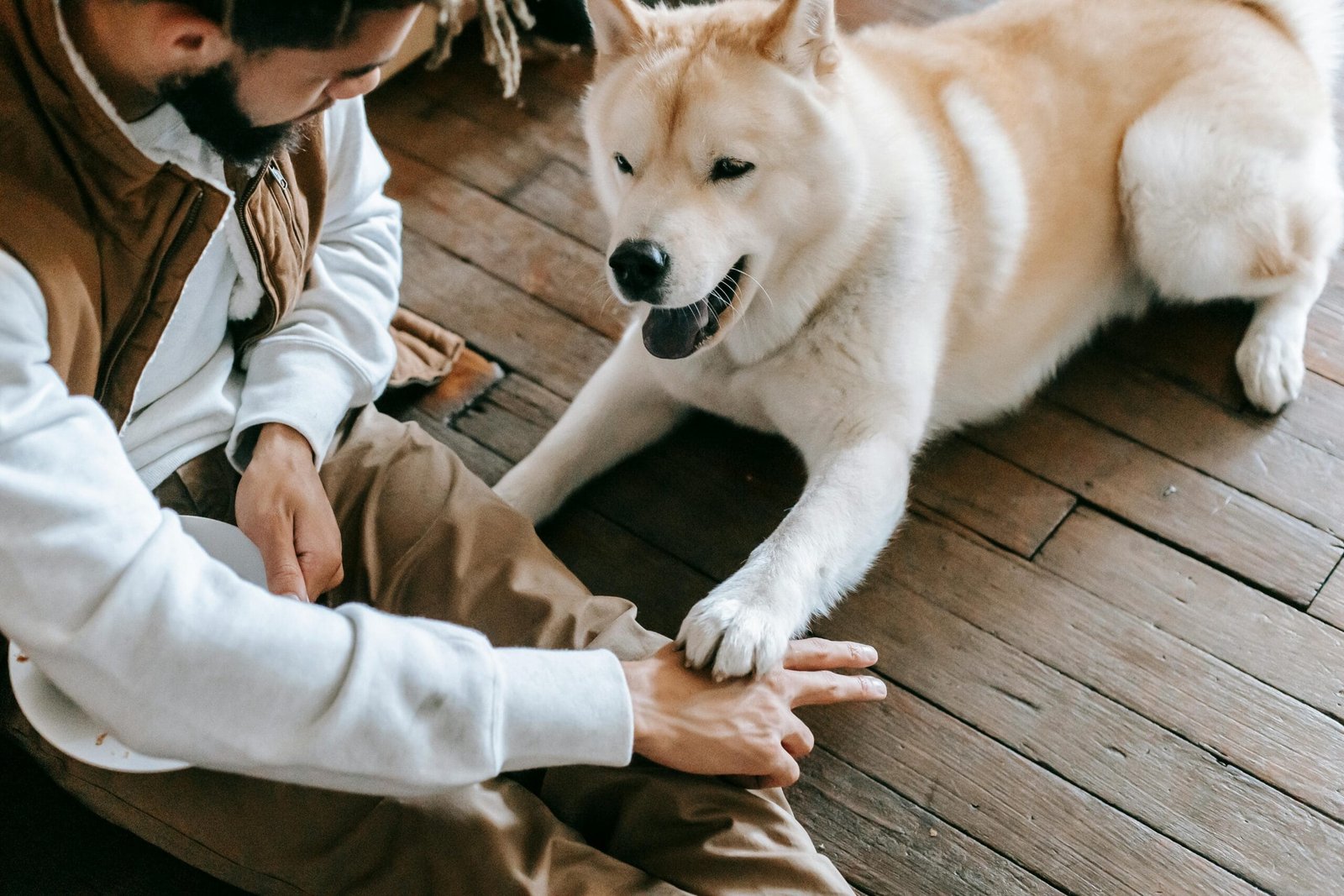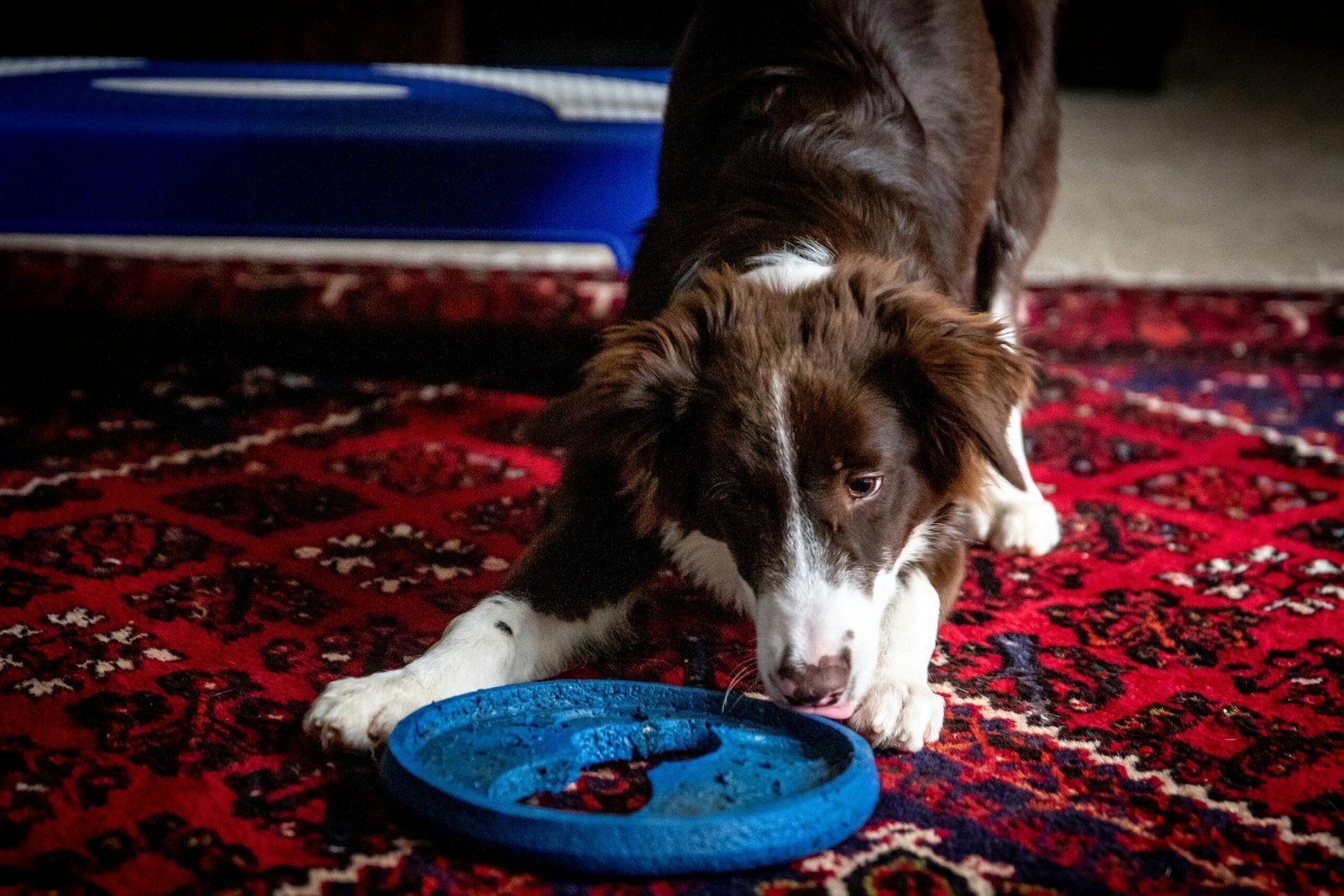When is the Best Time to Train a Dog?
Introduction
Training a dog is one of the most critical responsibilities of pet ownership. It establishes the foundation for a harmonious relationship between you and your furry friend, promoting good behavior, communication, and trust.
But many dog owners often wonder, when is the best time to train a dog? The answer to this question is not one-size-fits-all; it varies depending on various factors, including your dog’s age, personality, and daily routine.
In this comprehensive guide, we will explore the ideal times for dog training to help you maximize the effectiveness of your efforts.
Best Age to Start Training a Dog
One of the key considerations when asking, when is the best time to train a dog? is the age of the dog. Different developmental stages require tailored training approaches.
1. Puppy Training (8-12 Weeks)
The critical period for puppy training begins around 8 weeks of age. Puppies are particularly open to learning and socialisation at this stage.
Here’s what you should focus on:
Socialization: Early socialization is vital for a well-adjusted adult dog. Expose your puppy to various people, animals, and environments to ensure they grow into a confident, adaptable adult.
Basic Commands: Teaching fundamental commands like “sit,” “stay,” and “come” should begin early. Puppies are eager to please, making this the perfect time to instill these essential skills.
Bite Inhibition: Puppies need to learn how to control their bite. Teaching them to use their mouths gently can help prevent future behavioral issues.
This age is often regarded as the best time to train a dog because puppies are most impressionable and quick to learn.
2. Adolescent Training (6 Months to 2 Years)
As dogs enter adolescence, they experience hormonal changes that can lead to behavioral challenges. This stage requires reinforcement of training and behavior modification:
Reinforce Commands: Regularly practicing the commands learned during puppyhood is essential. Adolescents may test boundaries, so consistent training is crucial.
Address Behavioral Issues: Common challenges include jumping, chewing, and leash pulling. Focusing on correcting these behaviors will help establish a well-mannered dog.
Continued Socialization: While socialization is critical in puppyhood, it should continue into adolescence. Expose your dog to different situations and environments to enhance their adaptability.
This period can also be viewed as the best time to train a dog, as they are still capable of learning quickly, albeit with some added challenges.
3. Adult Dogs (2 Years and Older)
It’s essential to remember that it’s never too late to train a dog. Adult dogs can learn new behaviors and commands, although it may require more patience and a different approach:
New Skills and Tricks: Adult dogs can learn advanced commands and tricks. Using positive reinforcement techniques can make training enjoyable for both you and your dog.
Behavior Modification: If an adult dog has developed problematic behaviors, training can help modify these issues. Identifying triggers and using gradual desensitization techniques are key strategies.
Building Trust: Adult dogs, especially those from rescue situations, may have trust issues. Consistent, gentle training can help build a strong bond and improve their confidence.
Even for adult dogs, this can still be considered the best time to train a dog since they can still learn and adapt to new commands and behaviors.
Best Times of Day for Dog Training
In addition to age, the time of day you choose for training sessions plays a significant role in the effectiveness of your training. Here are some considerations:
1. Morning Training Sessions
Training your dog in the morning can be beneficial for several reasons:
High Energy Levels: Dogs are often more alert and energetic in the morning, making it an ideal time for learning. They are more likely to engage in training exercises and retain new information.
Fewer Distractions: Mornings may offer a quieter environment with fewer distractions, allowing your dog to focus better during training sessions.
Morning sessions can be one of the best times to train a dog, especially for those that have high energy levels in the morning.
2. Evening Training Sessions
Even for pet owners who lead busy lives, evening training might be beneficial:
Bonding Time: Evening training sessions can serve as an excellent bonding opportunity after a long day. Spending time with your dog during training can strengthen your relationship.
Wind Down: Engaging in light training in the evening can help calm your dog before bedtime, promoting relaxation and good behavior.
Stages in a Dog’s Life for Training
Understanding the different stages of a dog’s life can help you tailor your training approach effectively:
1. Puppyhood (0-6 Months)
Puppyhood is the most crucial time for training. Focus on:
Socialization and Exposure: Expose your puppy to various experiences, people, and other dogs to promote adaptability.
Basic Commands: Start with simple commands, using positive reinforcement techniques to encourage compliance.
This stage is widely regarded as the best time to train a dog due to their high receptiveness to learning.
2. Adolescence (6 Months – 2 Years)
During this period, focus on reinforcing training and addressing behavioral challenges:
Reinforcement: Regularly practice commands to ensure they stick and become habitual.
Redirecting Behaviors: If your dog exhibits undesirable behaviors, redirect them to more appropriate actions.
While this stage can be challenging, it is still one of the best times to train a dog, as it allows you to correct behaviors before they become ingrained.
3. Adulthood (2 Years and Beyond)
Training does not stop once a dog reaches adulthood:
New Challenges: Introduce new tricks and skills, as adult dogs often thrive on mental stimulation.
Reinforcing Good Behavior: Continue reinforcing positive behaviors while addressing any new issues that may arise.
Signs Your Dog is Ready for Training
Recognizing when your dog is mentally and physically ready for training can enhance the effectiveness of your sessions. Look for these signs:
Calm Behavior: A calm dog is more likely to focus and learn. If your dog is overly excited or anxious, it may be best to wait for a more relaxed moment.
Attention and Focus: If your dog is looking at you and appears interested in the training process, they are likely ready to learn.
Physical Health: Ensure your dog is in good health before starting training. Any discomfort or illness can hinder their ability to focus.
Factors Influencing Training Timing
Several factors can influence the timing of your dog training sessions:
1. Owner’s Schedule: Your availability plays a significant role in determining when to train your dog. Choose a time that fits well with your routine to ensure consistency.
2. Environmental Factors: Consider the weather and environment. Avoid training during extreme temperatures or in overly stimulating areas that may distract your dog.
3. Dog’s Age and Health: A younger dog may have different energy levels compared to an older dog, so adjust your training times accordingly.
Consistency and Patience: Key to Success
Regardless of when you choose to train your dog, consistency and patience are paramount. Here’s how to ensure your training sessions are effective:
Regular Training Sessions: Establish a routine for training sessions to help your dog understand what to expect. Sessions that are brief and frequent likely to be more productive than ones that are lengthy and not frequent.
Positive Reinforcement: Always reward your dog for good behavior, whether with treats, praise, or play. This encourages them to repeat the desired actions.
Patience: Dogs learn at their own pace. If your dog struggles with a particular command or behavior, be patient and adjust your approach as necessary.
Conclusion
So, when is the best time to begin dog training? The answer depends on various factors, including the dog’s age, personality, and the owner’s schedule. Starting training early in a dog’s life, during their critical developmental stages, can yield the best results. However, it’s essential to remember that training can be effective at any age with the right approach.
By recognizing the ideal training age, choosing appropriate times of day, and maintaining consistency and patience, you can successfully teach your dog valuable skills and foster a lifelong bond. Whether you are a first-time dog owner or have years of experience, embracing the journey of dog training is one of the most rewarding aspects of pet ownership. So, don’t wait—start training today, and you’ll discover the best time to train a dog is when you commit to it!
Reference
How and When To Start Training Your Puppy
Puppy Training Timeline: Teaching Good Behavior Before It’s Too Late










